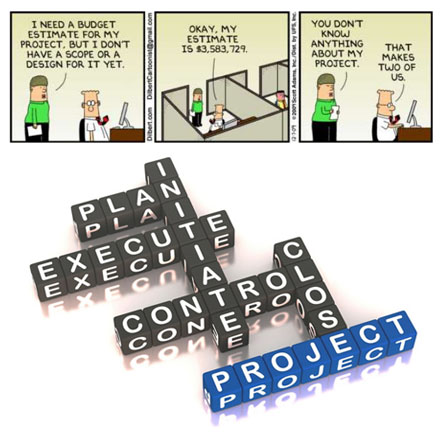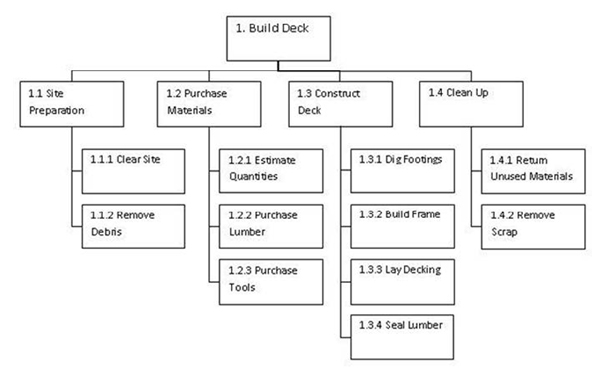Project Scheduling Basics For Start-up
The foundation of the project schedule is the Work Breakdown Structure (WBS) and project activity estimates. The WBS has created the necessary activities that are required to complete the project and the estimates determine the resources and duration required. The schedule is then formulated by assigning start and end dates of each activity and logically sequencing activities with necessary predecessors and successors. Schedules typically come in various levels as listed below:
Level 1:
The level 1-time oriented schedule is a high level executive summary that displays the major milestones of a project and most likely the one “rolled up” activity for each of engineering, procurement, construction, and commissioning/testing phases of a project.
Level 2:
Is an area or system summary schedule. It further breaks down the major summary areas into greater detail. It can be used to see the progress of the major areas or components of the project phases.
Level 3:
Schedule involves each level 2 activity broken down into executable work package for weekly or even daily progress reporting and shows activity dependency.
Level 4:
Is used for detailed daily reporting with activities broken down into a “work-shift” duration.
The critical path is the longest path of sequenced activities in a project. It is the sum of all task duration along this network of events. Any delay in a critical path activity means an extension in the length of the project. In the simplest form, the Critical Path Method (CPM) of scheduling does not include resource constraints that can impact project duration. CPM simply takes into account the longest path in a project. A free float is the time a project can be delayed without affecting a successor activity. Total float is the time that an activity that is not on the critical path can be delayed before impacting the end date of the project.
At higher levels, project scheduling can be very useful for providing a clear vision of the execution strategy of a project. At lower levels, a project schedule is excellent for identifying project bottlenecks and for tracking progress. However, project scheduling should not be considered a silver bullet to project success. A project schedule is only as good as the extensive thought and planning that precedes it.


